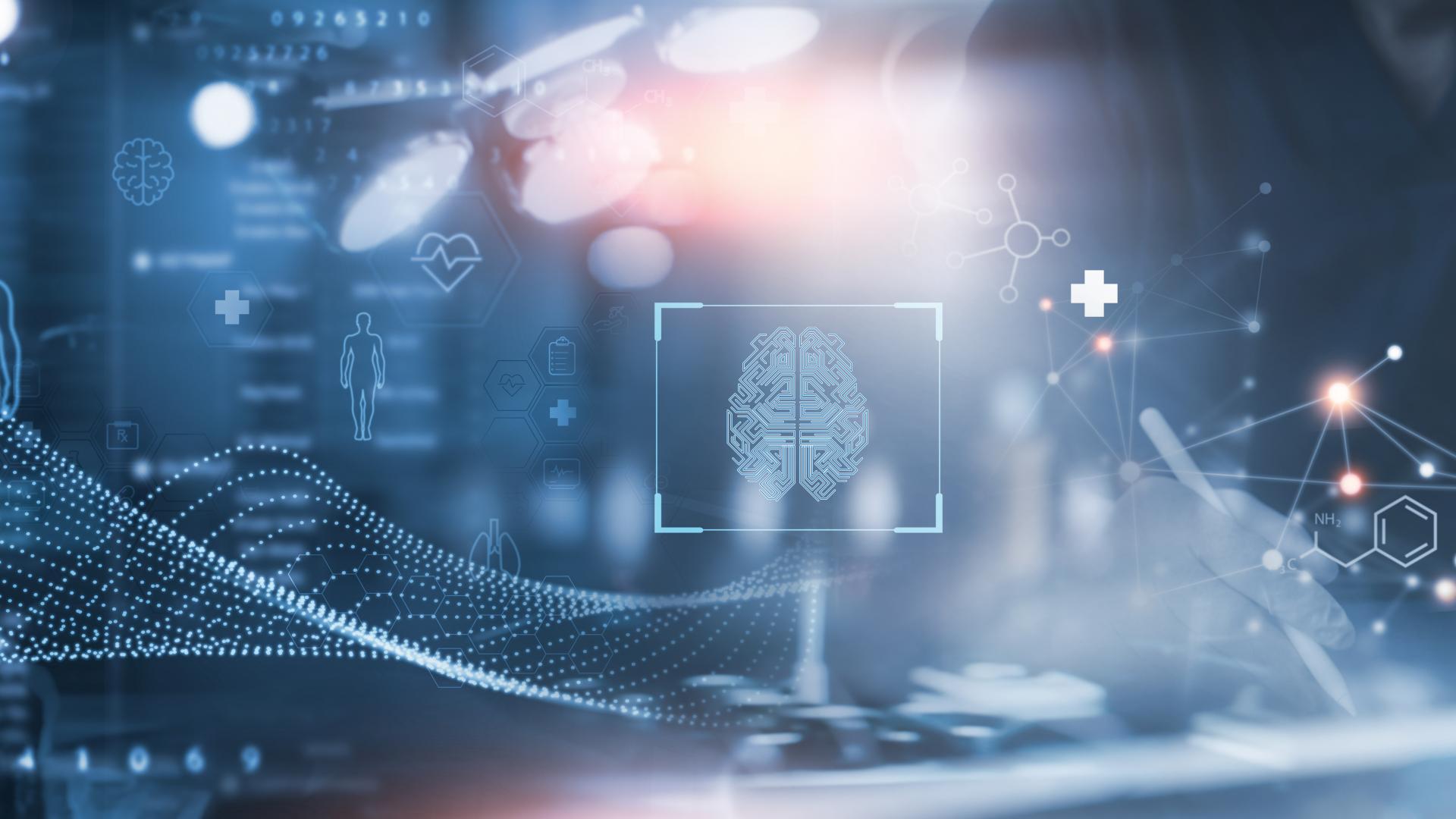At the beginning of the 21st century, a doctor’s understanding of a patient’s health was largely limited to the data gathered from physical exams, basic lab tests, and the patient’s own recounting of symptoms. Now, two decades later, the approach to understanding patient health has undergone significant evolution. Today, it is possible to routinely gather comprehensive information about an individual’s biological characteristics at the molecular level. This includes extensive genetic profiling and measuring the levels of thousands of proteins and metabolites that are critical to physiological functions. Additionally, advanced wearable devices provide continuous monitoring of vital signs and physical activity, offering real-time insights into an individual’s health status.
In collaboration with our partners at Charité, we have developed innovative, data-driven technologies that allow physicians’ to make more informed decisions leveraging this wealth of newly accessible data. A key aspect of our efforts has been in the area of biomedical big data analysis. Through our innovative methods, even a single drop of blood becomes a treasure trove of gigabytes of information. Such data is invaluable for detecting subtle variances in protein levels that may signal the early stages of a disease [2], or identifying discrepancies in the microbial populations within our bodies [3, 4], thus permitting the early recognition of complex health conditions. The technologies we have developed over the last years for interpreting this molecular-level data have been pivotal in identifying early markers of diseases, which can often be detected long before traditional symptoms manifest [5, 6]. Leveraging our expertise in managing and interpreting large datasets, we have expanded our focus to include the integration of data from wearable health-tracking devices, thereby significantly enhancing the scope of patient care. Together with partners from industry, we have developed new advanced methods that allow detailed analysis of large-scale ECG data com-ing from implanted biomonitors [1, 8]. These devices continuously monitor heart activity, allowing us to detect early signs of cardiovascular disease. Our new method not only exemplifies our commitment to preventive health care but also demonstrates how this technology is used to continuously monitor the health conditions of more than 100,000 patients and provide early warnings before more serious symptoms develop.
Another cornerstone of our efforts to refine diagnostic precision and treatment efficacy lies in the advanced realm of medical imaging. A key development in this area has been our work on algorithms for analyzing large medical imaging datasets that are created during routine examinations. Our new methods help improve 3D anatomy reconstruction and can aid in the diagnosis and treatment planning of conditions like osteoarthritis [7].
In conclusion, our recent advancements in developing innovative ways for medical data analysis are crucial steps toward personalized, predictive, and precise healthcare, empowered by big data. This progress illustrates a shift from merely treating diseases to predicting and preventing them, ensuring health care is customized for each individual’s unique biological profile. Our commitment to utilizing big data is paving the way for a future where health care is not only reactive but proactive, significantly improving health outcomes for all.
References:
[1] A. Bleich, A. Linnemann, J. Benjamin, H. D. Bjoern, and T. O. F. Conrad. Enhancing ecg analysis of implantable cardiac monitor data: an efficient pipeline for multilabel classification. Machine Learning and Knowledge Extraction 5.4 (Nov. 2023).
[2] S. Iravani and T. O. F. Conrad. An interpretable deep learning approach for biomarker detection in lc-ms proteomics data. IEEE/ACM Transactions on Computa-tional Biology and Bioinformatics 20.1 (Dec. 2021).
[3] K. Melnyk, S. Klus, G. Montavon, and T. O. F. Conrad. Graph kernel koopman embedding for human micro-biome analysis. Applied Network Science 5.96 (Dec. 2020).
[4] K. Melnyk, K. Weimann, and T. O. F. Conrad. Understanding microbiome dynamics via interpretable graph representation learning. Scientific Reports 13.2058 (Jan. 2023).
[5] M. Rams and T. O. F. Conrad. Sparse dictionary learn-ing allows model-free pseudotime estimation of transcriptomics data. BMC Genomics 23.56 (2022).
[6] M. Rams and T. O. F. Conrad. Sparse dictionary learn-ing allows model-free pseudotime estimation of transcriptomics data. BMC Genomics 23.56 (Jan. 2022).
[7] A. Tack, B. Preim, and S. Zachow. Fully automated assessment of knee alignment from full-leg x-rays em-ploying a ”yolov4 and resnet landmark regression algorithm” (yarla): data from the osteoarthritis initiative. Computer Methods and Programs in Biomedicine 205.106080 (2021). DOI: https://doi.org/10.1016/ j.cmpb.2021.106080.
[8] K. Weimann and T. O. F. Conrad. Transfer learning for ecg classification. Scientific Reports 11.5251 (Feb. 2021).
